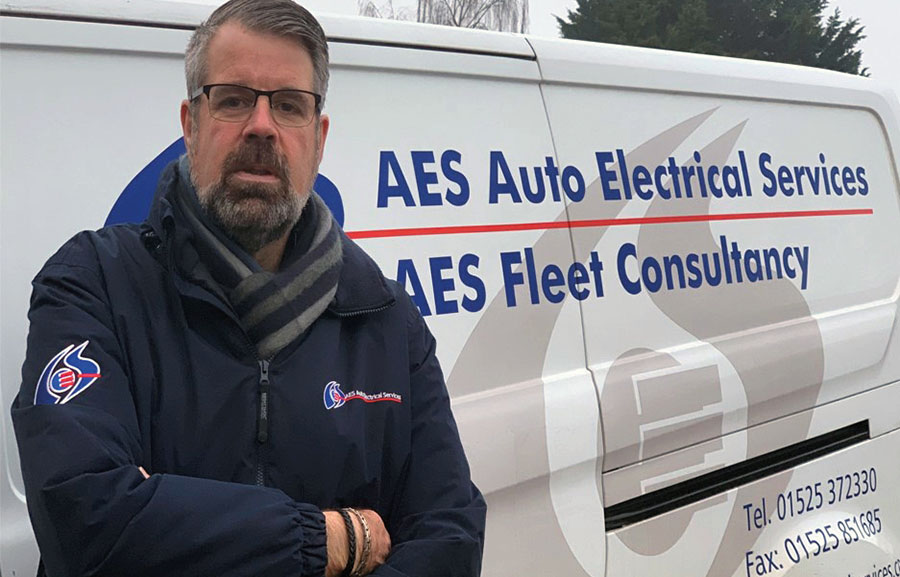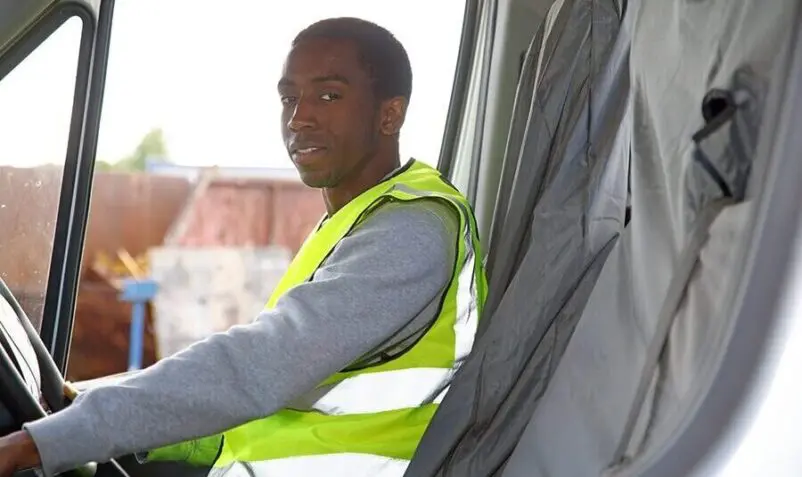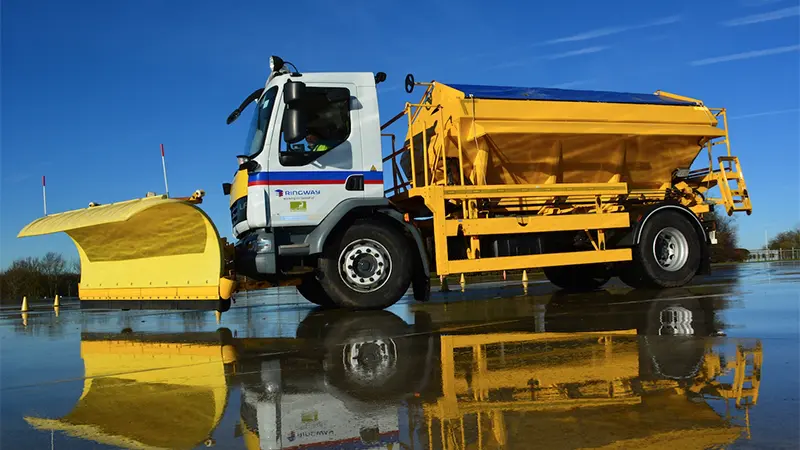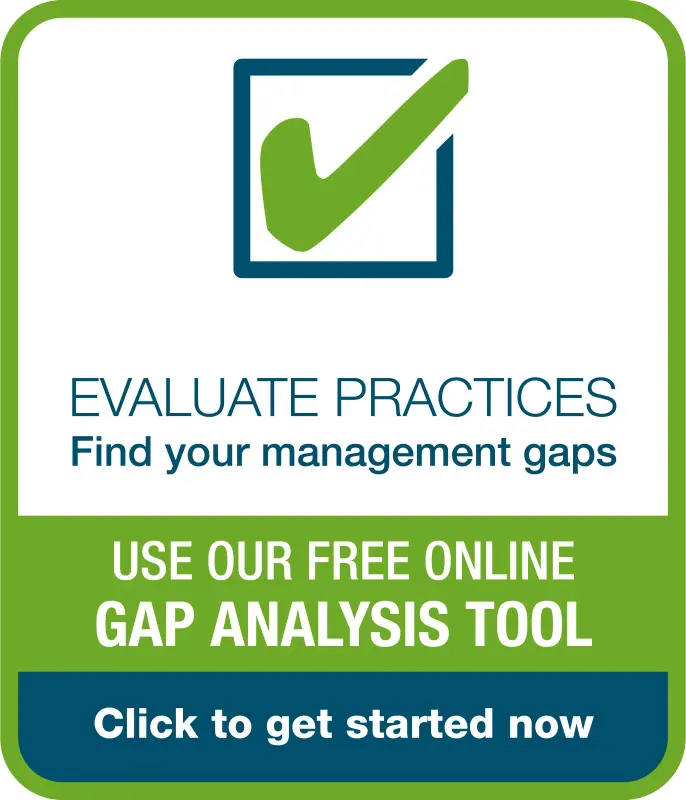

Fleet Size
Vans: 9
AES Fleet offer fleet compliance solutions across the PSV, HGV and LCV sectors. As with all road risk management, however, the company’s good practice starts at home and MD Richard Stansfield says the business benefits to their fleet operation are substantial.
AES runs nine Transit vans, from which their mobile engineers fit and maintain camera systems, air conditioning units, telematics systems and more. The company has long been involved with fleet improvement programmes and is a proud user of Driving for Better Business resources.
Summary of Achievements
Collisions
Zero
in the previous four years
Running Costs
DOWN 25%
Fleet Insurance
DOWN 10%
Over two years
Unscheduled Downtime
Zero
Demonstrating leadership in driver safety
“My ethos is about getting everybody home safe to their families every night. That’s my underlying goal. We do everything we can to make that happen – and that’s the ultimate business benefit.”
Richard Stansfield, MD, AES Fleet
More details
Supported by DfBB Partners

AES Fleet offer fleet compliance solutions across the PSV, HGV and LCV sectors. As with all road risk management, however, the company’s good practice starts at home and MD Richard Stansfield says the business benefits to their fleet operation are substantial.
AES runs nine Transit vans, from which their mobile engineers fit and maintain camera systems, air conditioning units, telematics systems and more. The company has long been involved with fleet improvement programmes and is a proud user of Driving for Better Business resources.
“We have engaged with other initiatives as well, such as Van Excellence, and FORS,” says Richard. “However, the resources from Driving for Better Business, such as the Van Driver Toolkit, gives us a structured training programme through which we can induct any new engineer on the fleet, as well as refreshing skills.”
Licence checking and reporting
The company does not sell any compliance solution it doesn’t use itself and its risk management starts by checking all driver licences regularly through FleetCheck. It trains all its drivers in thorough walk-round checks and defect reporting every morning and keeps a spare vehicle on fleet so that any defects can be addressed rapidly without a loss of productivity.
Telematics and cameras
Webfleet Solutions telematics systems are integrated into its MANTIS LIVE camera systems, and this means that any exceptional incident such as harsh braking, an emergency alarm, or near miss is seen as an alert, the footage can be checked, and Richard immediately feeds back constructive criticism or praise to the driver as appropriate. Each incident can be resolved with notes showing what action was taken, so the company has a through audit trail of continuous improvement and close management control.
Richard believes cameras are not only commonplace in UK life, but also essential for capturing a full narrative of what happens on the road, and coaching drivers appropriately.
Insurance benefits
As they give instant evidence of collisions, they also expedite a fleet’s first notification of loss (FNOL) and help settle no-fault claims which would otherwise have been settled 50-50.
As a result of its proactive maintenance and continuous driver training programmes, At a time when many are seeing their fleet insurance premiums rise, AES has seen a £2,000 reduction in fleet insurance costs for the second year running, which across nine vans is substantial. It has had no collisions in four years.
Richard is adamant that fleets should not consider collisions as inevitable. “Collisions are preventable. If you manage road risk correctly from the start and ensure compliance and training throughout, then the result is a safe fleet,” he says.
He says that insurers now look at evidence of near misses as well as collisions, so the camera-coaching initiative pays dividends in assuring insurers of their low risk profile.
Regular preventive maintenance
He believes the fleet’s running costs are also reduced by approximately 25% each year through preventative maintenance. “Reactive maintenance is always more expensive and creates unplanned downtime.”
He cites brake pads as an example. If they are regularly checked and replaced, not only will the vehicle brake efficiently and safely but the discs won’t become damaged. “Conversely if you let the pads wear too far, you are suddenly replacing 10 discs as well as pads,” he says. “Regular maintenance prevents damage.”
The company is now using tyre pressure management systems. Over-inflated tyres affect braking performance, while under-inflated tyres use more fuel.
Driver welfare
AES also takes an active interest in driver welfare and mental health. Drivers have accommodation provided after long journeys, so they do not drive when tired. Both senior managers have taken mental health awareness training, so they know how to offer appropriate support.
“A van is a tool. However, if you put someone tired or unwell behind the wheel it is a weapon,” Richard says.
“My ethos is about getting everybody home safe to their families every night. That’s my underlying goal,” he adds. “We do everything we can to make that happen – and that’s the ultimate business benefit.”
Business benefits
AES business benefits from road risk management include:
- Cheaper insurance year on year
- 25% cheaper running costs
- Better brand credibility
- No public complaints about poor driving in several years
- Immediate evidence should a claim occur with rapid first notification of loss
- No collisions in four years
- No unscheduled downtime
- Less absenteeism
- Peace of mind









